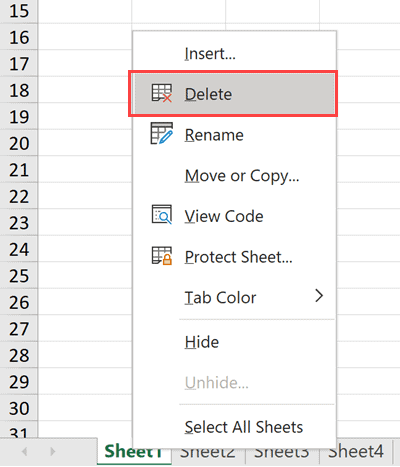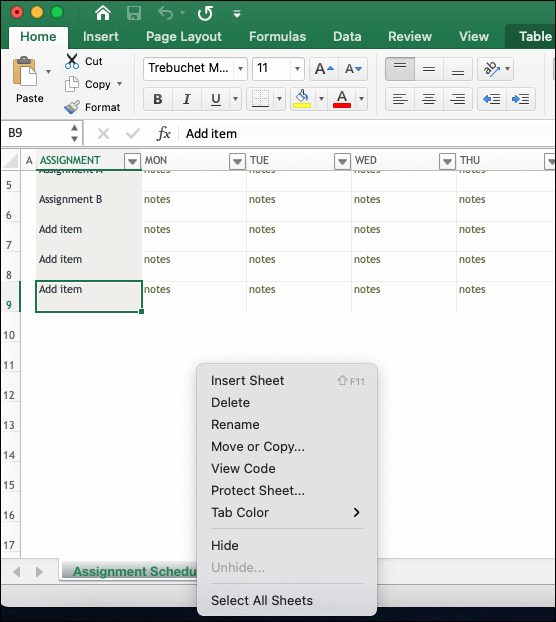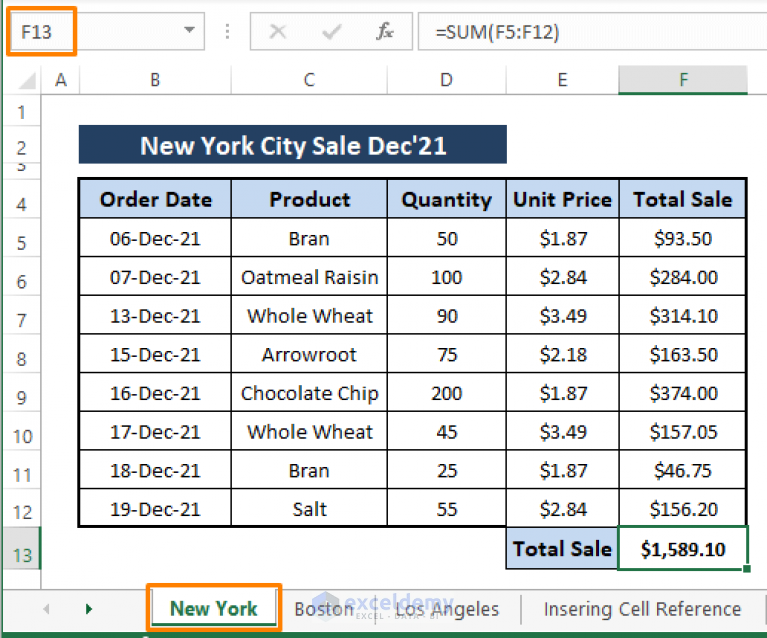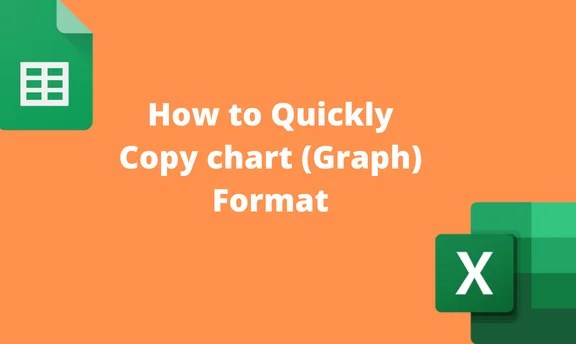Delete All Excel Sheets Easily with C Programming

Are you looking to delete all the sheets in an Excel workbook programmatically using C? Whether you're managing large datasets, cleaning up old files, or automating administrative tasks, deleting all sheets in an Excel file can be an essential part of your workflow. This guide will walk you through how to accomplish this task using the C programming language, particularly leveraging the power of Microsoft's COM (Component Object Model) library for interacting with Excel.
Understanding the Basics of Excel Automation with C

Before diving into the code, it’s beneficial to understand how Excel automation works through COM in C:
- COM is a technology introduced by Microsoft to enable software components to communicate with each other.
- It allows C applications to interact with Microsoft Office applications like Excel through an object-oriented model.
- With COM, you can control Excel from C to create, read, write, and manipulate Excel workbooks and sheets without user intervention.
Setting Up Your Environment

To use Excel’s COM interface from C, you’ll need to:
- Set up the development environment: Ensure you have a C compiler like Visual Studio with C/C++ support installed on a Windows machine.
- Configure the necessary headers and libraries: You will need to include Windows headers, link the necessary libraries, and use Microsoft’s Excel Type Library.
- Initialize COM: COM must be initialized before calling COM functions.
🚨 Note: The example will work on Windows systems with Microsoft Excel installed. The code and setup can vary significantly on different operating systems or Excel versions.
Writing the C Code to Delete All Sheets

Here is a step-by-step guide to deleting all sheets in an Excel workbook using C:
#include
#include
#include
#include
#include
// Function prototypes
void DeleteSheets(IDispatch *pExcel);
int main(void) {
// Initialize COM
HRESULT hr = CoInitializeEx(NULL, COINIT_APARTMENTTHREADED);
if (FAILED(hr)) {
printf("COM library initialization failed\n");
return 1;
}
// Create Excel application
IDispatch *pExcel;
hr = CoCreateInstance(&CLSID_Application, NULL, CLSCTX_LOCAL_SERVER,
&IID_IDispatch, (void **)&pExcel);
if (FAILED(hr)) {
printf("Failed to create Excel application instance\n");
CoUninitialize();
return 1;
}
// Delete all sheets in the active workbook
DeleteSheets(pExcel);
// Clean up
pExcel->lpVtbl->Release(pExcel);
CoUninitialize();
printf("All sheets have been deleted\n");
return 0;
}
void DeleteSheets(IDispatch *pExcel) {
// Automation
IDispatch *pWorkbook;
IDispatch *pSheet;
OLECHAR *wsName;
VARIANT result, index;
DISPID put, get, delete;
DISPPARAMS dp = {NULL, NULL, 0, 0};
// Get the Active Workbook
hr = pExcel->lpVtbl->GetIDsOfNames(pExcel, &IID_NULL, L"ActiveWorkbook", 1, LOCALE_SYSTEM_DEFAULT, &put);
hr = pExcel->lpVtbl->Invoke(pExcel, put, &IID_NULL, LOCALE_SYSTEM_DEFAULT, DISPATCH_PROPERTYGET, &dp, &result, NULL, NULL);
pWorkbook = result.pdispVal;
// Loop through all sheets and delete them
index.vt = VT_I4;
while(SUCCEEDED(pWorkbook->lpVtbl->Invoke(pWorkbook, 0, &IID_NULL, LOCALE_SYSTEM_DEFAULT, DISPATCH_PROPERTYGET, &dp, &result, NULL, NULL))) {
pSheet = result.pdispVal;
// Delete the sheet
hr = pSheet->lpVtbl->GetIDsOfNames(pSheet, &IID_NULL, L"Delete", 1, LOCALE_SYSTEM_DEFAULT, &delete);
hr = pSheet->lpVtbl->Invoke(pSheet, delete, &IID_NULL, LOCALE_SYSTEM_DEFAULT, DISPATCH_METHOD, &dp, NULL, NULL, NULL);
// Release the sheet
pSheet->lpVtbl->Release(pSheet);
}
// Release COM objects
pWorkbook->lpVtbl->Release(pWorkbook);
VariantClear(&result);
VariantClear(&index);
}
🔍 Note: This code assumes that you are familiar with basic Windows programming concepts like COM and HRESULT handling.
Recap and Key Points

In this guide, we’ve explored how to automate Excel from C to delete all sheets in a workbook:
- We started by setting up the environment for Excel automation.
- We then delved into writing C code to interact with Excel through COM, showing how to:
- Initialize COM library.
- Create an instance of Excel application.
- Access the active workbook and its sheets.
- Delete each sheet in the workbook.
- Properly clean up COM objects and COM itself.
- The code provided is a starting point, requiring further refinement for production use, error handling, and robust features like opening specific workbooks or saving changes.
By understanding this process, you're now equipped to leverage C for automating Excel tasks, making repetitive or complex operations more efficient. However, remember that direct manipulation of Excel through COM can be quite resource-intensive, so consider the scale of your automation needs when deciding to use this method.
Is it necessary to have Excel installed to use this code?

+
Yes, Microsoft Excel must be installed on the system where this code will run because it utilizes Excel’s COM interface for automation.
Can this method delete sheets from multiple workbooks?

+
Yes, by modifying the code to loop through multiple workbook instances, you can apply this deletion process to several files at once.
What should be considered for error handling?

+
Error handling should cover:
- COM initialization failures
- Excel instance creation failures
- Object-related errors (e.g., accessing sheets or workbooks)



